The AI Economy And The Public Risk Few Are Willing To Admit
Authored by Mark Keenan via GlobalResearch.ca,
Artificial intelligence is being sold as the technology that will “change everything.” Yet while a handful of firms are profiting enormously from the AI boom, the financial risk may already be shifting to the public. The louder the promises become, the quieter another possibility seems to be:
What if AI is not accelerating the global economy - but masking its slow down?
The headlines declare that AI is transforming medicine, education, logistics, finance, and culture. But when I speak with people in ordinary jobs, a different reality emerges: wages feel sluggish, job openings are tightening, and the loudest optimism often comes from sectors most financially invested in the AI narrative.
This raises an uncomfortable question: Has AI become a true engine of prosperity — or a financial life-support system?
The Mirage of GrowthRecent economic data suggests that a significant portion of U.S. GDP growth is being driven not by broad productivity, but by AI-related infrastructure spending — especially data centers.
A study from S&P Global found that in Q2 of 2025, data center construction alone added 0.5% to U.S. GDP. That is historic. But what happens if this spending slows? Are we witnessing genuine economic expansion — or merely a short-term stimulus disguised as innovation?
This pattern is not new. In Ireland in 2008 — before the housing collapse — construction boomed, GDP rose, and skepticism was treated as pessimism. The United States experienced something similar the same year: real estate appeared to be a pillar of prosperity — until it wasn’t. On paper, economies looked strong. In reality, fragility was already setting in.
Today, echoes of that optimism are returning — except this time, the bubble may be silicon, data, and expectation.
The Productivity ParadoxAI has been presented as a labor-saving miracle. But many businesses report a different experience: “work slop” — AI-generated content that looks polished yet must be painstakingly corrected by humans. Time is not saved — it is quietly relocated.
Studies reflect the same paradox:
-
According to media coverage, MIT found that 95% of corporate AI pilot programs show no measurable ROI.
-
MIT Sloan research indicates that AI adoption can lead to initial productivity losses — and that any potential gains depend on major organizational and human adaptation.
-
Even McKinsey — one of AI’s greatest evangelists — warns that AI only produces value after major human and organizational change. “Piloting gen AI is easy, but creating value is hard.”
This suggests that AI has not removed human labor. It has hidden it — behind algorithms, interfaces, and automated output that still requires correction.
We are not replacing work. We may only be concealing it.
AI may appear efficient, but it operates strictly within the limits of its training data: it can replicate mistakes, miss what humans would notice, and often reinforce a consensus version of reality rather than reality itself. Once AI becomes an administrative layer — managing speech, research, hiring, and access to capital — it can become financially embedded into institutions, whether or not it produces measurable productivity.
As I explore in the book Staying Human in the Age of AI at that point, AI does not enhance judgment — it administers it. And then we should ask:
Is AI improving society — or merely managing and controlling it?
The Global Data Center Stampede — But Toward What?McKinsey estimates that over $6.7 trillion may be spent on AI and computing infrastructure by 2030 — a level of capital allocation typically seen in wartime. But what exactly is being built, and will it ever return value to ordinary people?
The United States is not the only nation embedding AI within its economic strategy. Similar trends are emerging globally:
-
EU: funding AI infrastructure via public bonds
-
China: integrating AI into its “national rejuvenation” strategy
-
Singapore / UAE / Ireland: offering major tax incentives to build data-center zones
-
BRICS: framing AI as a counterweight to Western digital dominance
AI may no longer be a neutral technology — it is becoming a strategic instrument shaped globally by national policy, geopolitical competition, and financial pressure. The question is no longer whether AI will shape national policy — but whether policy itself is already being reshaped in service of an AI orthodoxy.
Analysts warn that parts of the industry may already resemble a circular economy of expectations: cloud and chip companies invest in AI startups that then buy computing services from the very firms that fund them. Speculation becomes demand — and demand becomes proof of viability.
If this pattern repeats globally, AI may not represent a technological revolution — but a new public liability embedded into national strategies.
The Genesis Mission — And the Rise of State-Protected AIA November 2025 U.S. executive order — internally referred to as the “Genesis Mission” — may institutionalize AI infrastructure by merging:
-
federal supercomputers
-
national-lab datasets
-
taxpayer funding
-
private-sector AI firms
into a unified national AI platform.
This does not guarantee bailouts — but it creates the conditions under which major AI firms may become “too big to fail”. Once AI is embedded into national strategy, failure becomes political.
We may be witnessing the transformation of AI from speculative investment into a publicly underwritten enterprise.
Under these conditions, any failure — technological, economic, or environmental — will not remain private. It will become a public cost.
Are we potentially witnessing a new socialisation of private risk and debt — similar to what occurred after the 2008 housing collapse in the United States, Ireland and elsewhere — with the burden once again transferred onto the public?
Who Carries the Risk?The concern is not just the data boundaries of AI itself and the “consensus reality” it portrays — but where the financial risk may already be hiding.
Large retirement funds and passive index portfolios are now concentrated in AI-dependent giants such as Nvidia, Amazon, Microsoft, Google, and Tesla. On the debt side, data-center financing and private credit tied to AI infrastructure are quietly entering bond portfolios.
This means the AI boom is not simply an investment trend. It may already be embedded inside the retirement accounts of ordinary citizens — without their knowledge.
Across borders, governments risk repeating the same pattern: constructing AI infrastructure before proving that it benefits society.
Questions the Global Public Deserves Answers To-
Is AI transforming work — or creating new layers of hidden labor?
-
Are data centers driving prosperity — or merely propping up GDP?
-
Are citizens knowingly investing in AI — or being invested through passive portfolios?
-
Is AI creating value — or simply absorbing public capital and subsidies?
When enough money, debt, and public credibility are tied to a technology, questioning it becomes difficult — and supporting it becomes mandatory.
ConclusionAs I wrote in the book Staying Human in the Age of AI, we should not allow AI to overshadow human thought. History reminds us that optimism is most dangerous when it becomes unquestioned. AI may still deliver genuine breakthroughs — but belief is currently moving faster than evidence.
If AI delivers value, perhaps this risk will be justified. If it does not — the cost will not fall on venture capital. It will fall on pensioners, savers, taxpayers, and future generations.
Now that AI is being treated as national infrastructure, its success or failure is no longer a private gamble. It has become a global public risk — and public risks always come with a public bill.
If we allow AI to define the future, we risk forgetting that the future is still ours to define.
Tyler Durden Wed, 12/03/2025 - 16:20

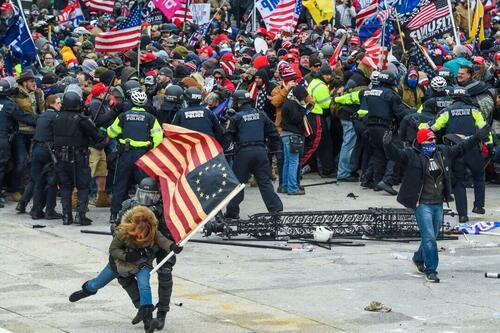

 Rep. Henry Cuellar (D-Texas) gives an interview in Laredo, Texas, on Oct. 9, 2019. Veronica Cardenas/Reuters
Rep. Henry Cuellar (D-Texas) gives an interview in Laredo, Texas, on Oct. 9, 2019. Veronica Cardenas/Reuters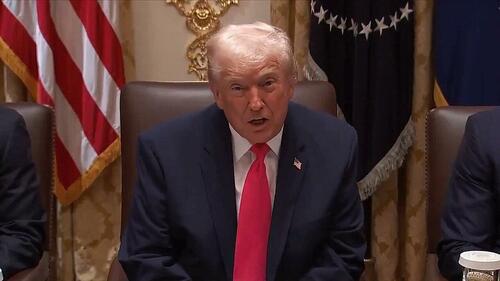




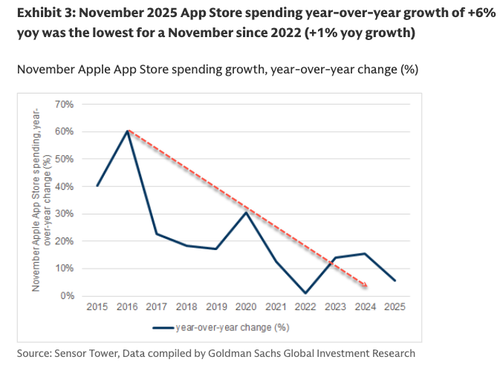
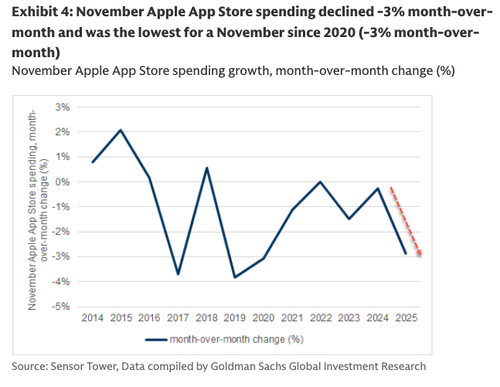




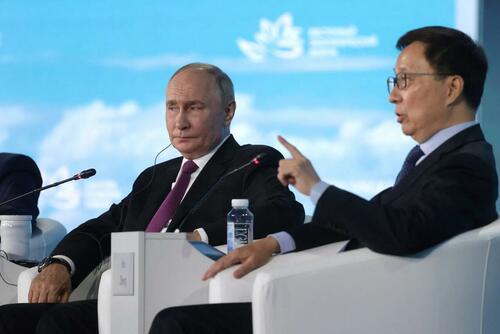 Getty Images
Getty Images
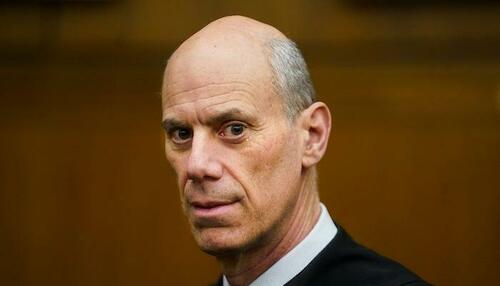
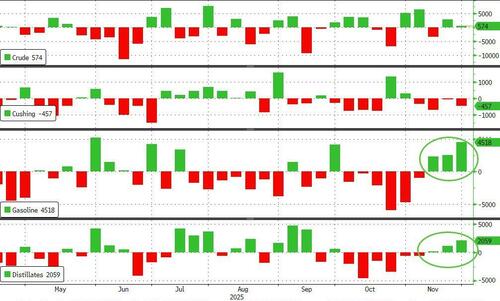
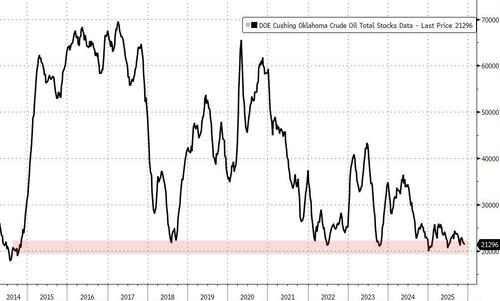
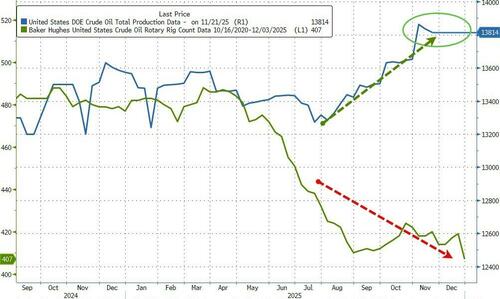
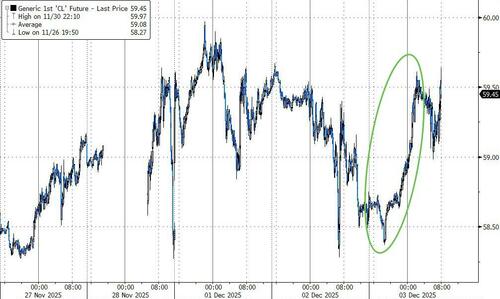
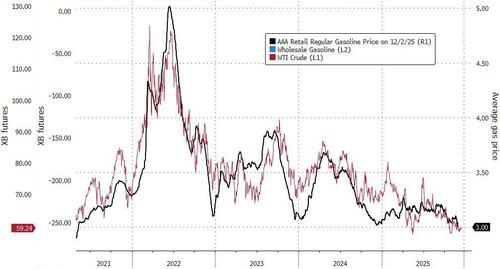

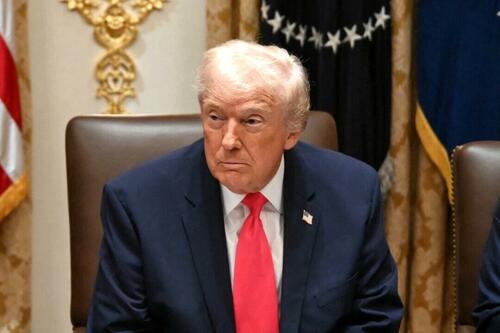

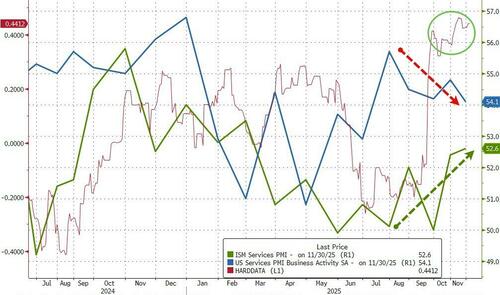
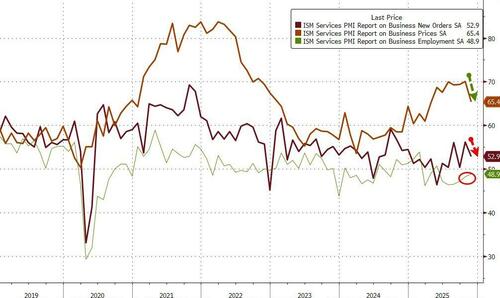
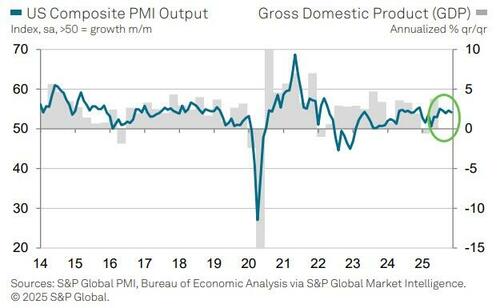
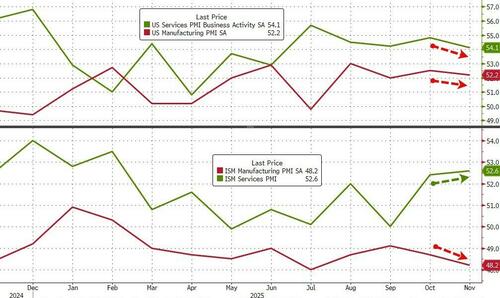
Recent comments